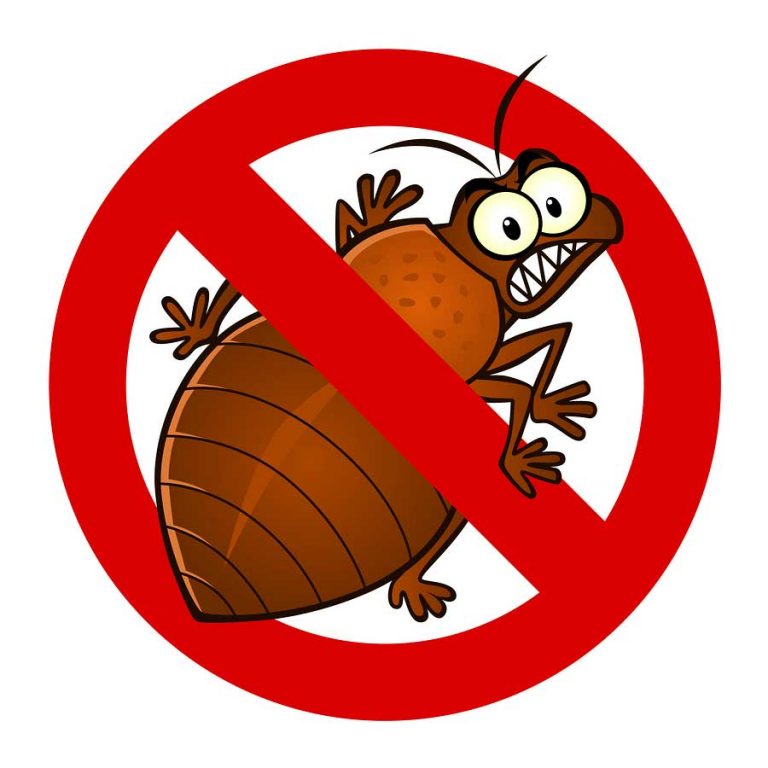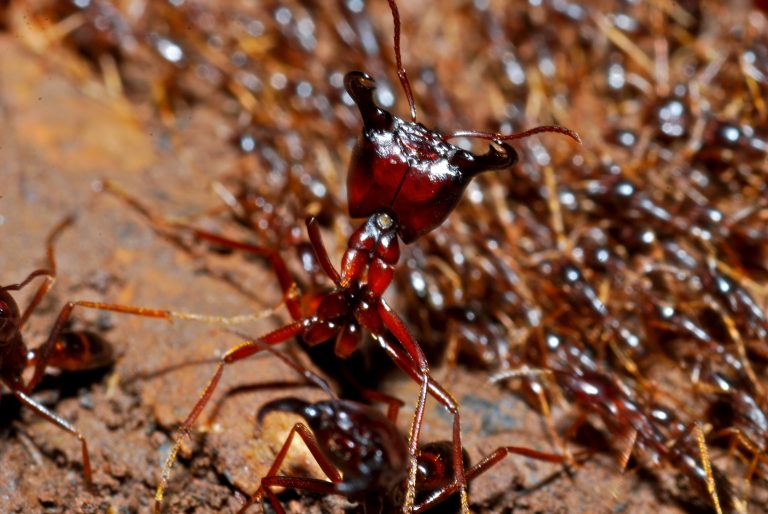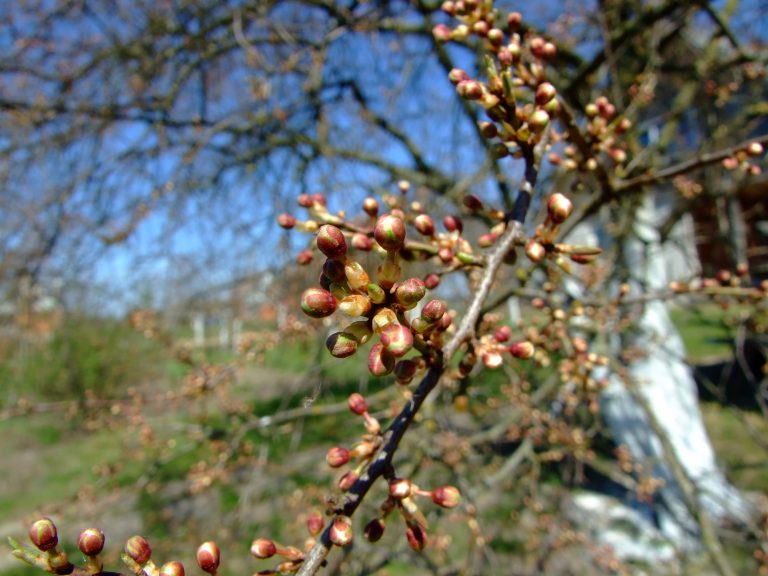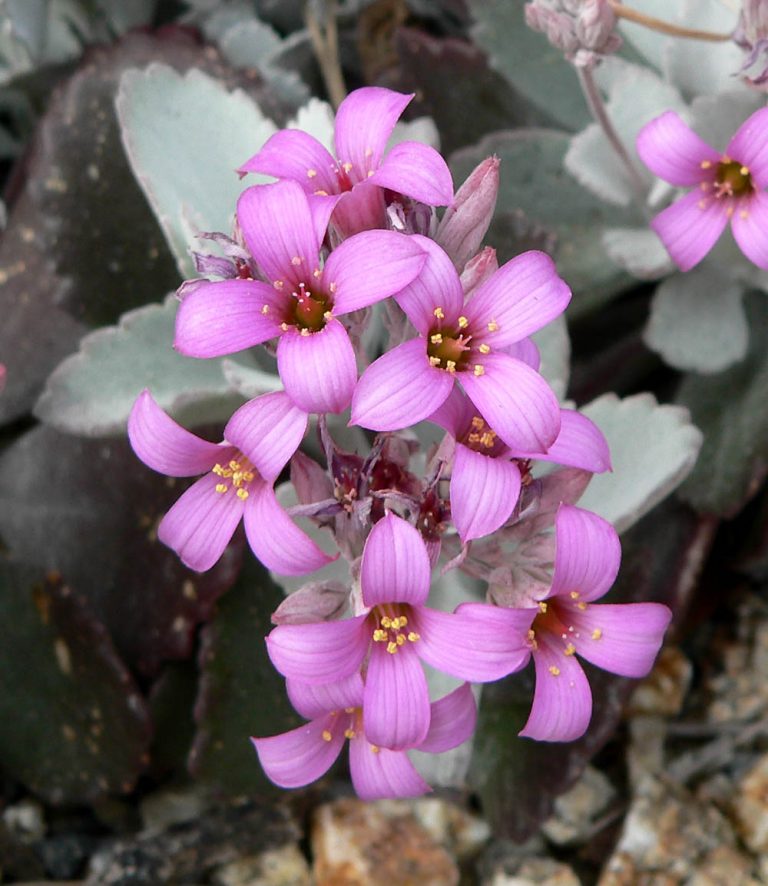Zucchini
Scientific Classification
| Kingdom: | Plantae |
| Division: | Magnoliophyta |
| Class: | Magnoliopsida |
| Order: | Cucurbitales |
| Family: | Cucurbitaceae |
| Genus: | Cucurbita |
| Species: | C. pepo |
| Binomial name: | Cucurbita pepo |
Zucchini, also called courgette, is a summer squash. It grows to a height of 1 meter; however, you harvest them when they grow to half their size or even lesser. Zucchini, along with the remaining squash and pumpkins, belongs to the Cucurbita pepo species. Zucchini is either light green or dark green.
Anatomy
Just like pumpkins, melons and cucumbers, zucchini belongs to the family of Cucurbitaveae (cucurbit). The zucchini plant bears a fruit like the “summer squash’ variety which is fully edible. The flowers harvested at a tender young age are also edible. Zucchini is a short lived crop when compared to the other varieties of cucurbit group that mature soon. Zucchini is a smooth and long fully edible vegetable, deep green with soft skin.
Habitat
The name zucchini (small pumpkin) is a derivation from the existing name in Italy. In Scandinavia, people know about them generally as squash instead of “zucchini.” (In French they call it “courgette.”) It’s a French borrowed word, often used in many nations like New Zealand, United Kingdom, South Africa, Ireland and the Netherlands.
Soil and Planting
Zucchini prefers a properly drained, high loamy, rich soil. Maintain the pH value at approximately 5.8 to 6.5. Add sufficient mulch and compost. The preferable pH value of soil for seeds is within 6 to 7.5.
Planting
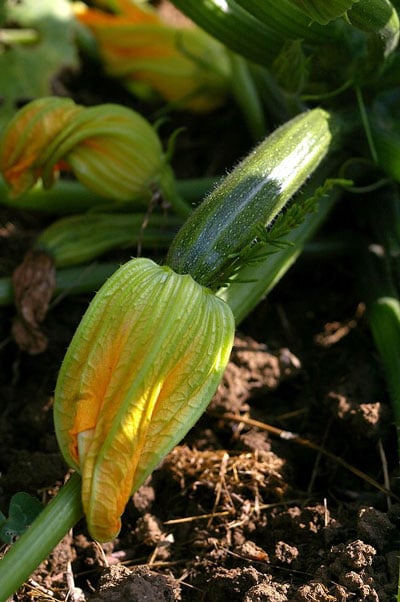
The warm weather is ideal to sow zucchini. Since zucchini plants are unable to withstand frost, wait till the end of frost before your planting. Zucchini seeds grow quickly when you plant them directly in the soil. Germination takes place assuredly at a soil temperature of 16°C. Sow the seeds to a depth of 10 mm; separate each plant 75 to 100 cm apart (keep the rows at equal distance)
Watering
Zucchini needs a regular supply of moist soil. To protect your plants from diseases water them at the base.
Temperature and Humidity
60°F is the temperature required for outdoor planting of seeds.
Care
Fertilize properly, following planting. Fertilizing is not essential when the roots are set firm.
Two weeks following sprouting spray your plants with compost T. Repeat spraying in three weeks if not when you see the first flower.
If you have limited space, place trellis as a vertical support.
Pests and Pesticides
Pest watch
Squash bugs cause light brown blemishes on the leaves. Plants fade away quickly as a result of the squash vine borers attack.
Disease Alert
The leaves become dry and brown, when powdery mildew attacks the plants, depositing spots of whitish powder on the leaves. Cucumber beetles spread bacterial wilt, these plants fade away, oozing a sticky sap when you cut them.
- Pests comprise of viruses, mildews, spider mites, white fly, moulds, nematodes, and aphids.
- Insufficient pollination of the female flowers results in improperly set fruits. In such cases take a male flower and manually pollinate female flower.
Harvest and Storage
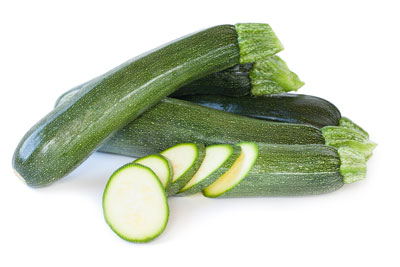
Harvesting is complete after 7 to 13 weeks of planting. Zucchini grows efficiently. Even having a few plants will make you wonder what action you should take. Young harvested zucchinis are the best. Reap your zucchini fruits when they are tender-almost 4 to 6 inches in length and 3 to 4 inches in diameter. It is possible to store zucchini up to a week in the refrigerator.
Varieties
You find Zucchini of various types. You can easily distinguish different plants by their growing pattern properties, that include trailing foliage formation of severe thickly crammed shrubs. Microwaving zucchini recipes are making the rounds and Zucchini’s popularity is rising rapidly.

Having discovered a fondness for insects while pursuing her degree in Biology, Randi Jones was quite bugged to know that people usually dismissed these little creatures as “creepy-crawlies”.



